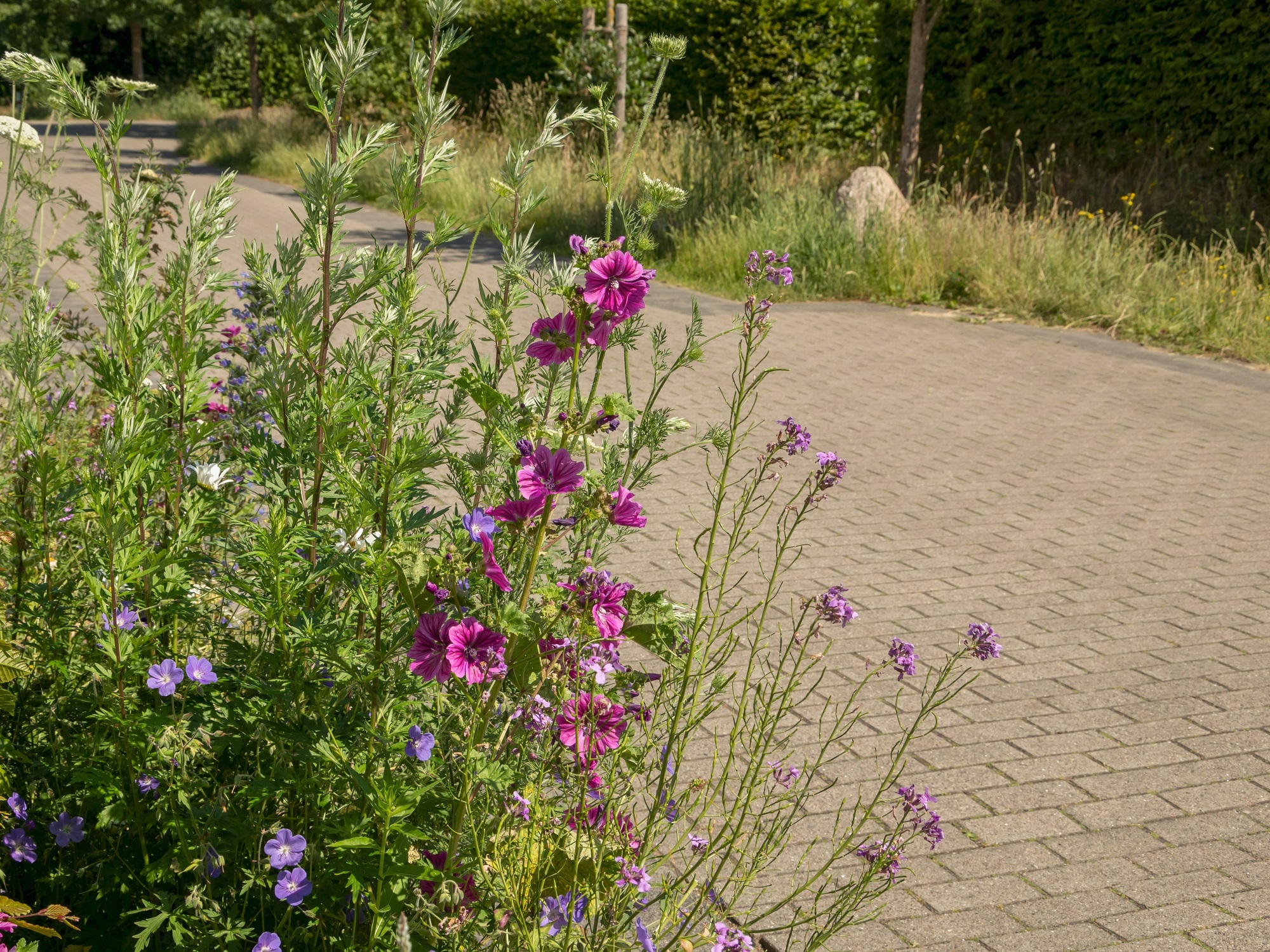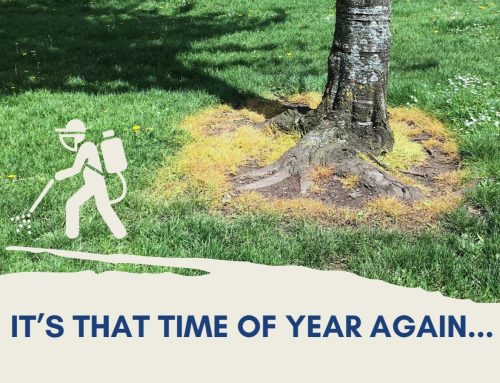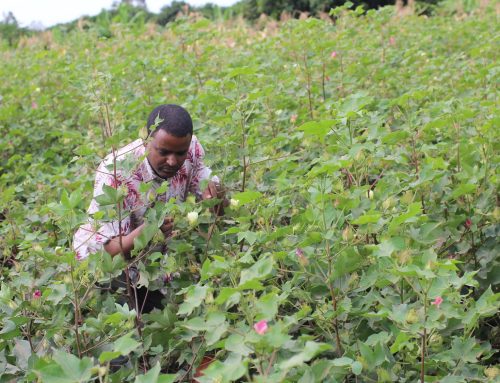by Emma Pavans de Ceccatty, Campaigner, PAN UK
With the increase in concern over how to make our cities better for pollinators, we’re learning that not all environmentalism looks the same. Honey bees have long been the “icons” of the climate and nature crises, often to the detriment of the hundreds of wild bee species and other pollinating insects, and this favouritism is translating into ill-thought-out action. Indeed, there is a budding type of councillor who posits that you can be both pro-pollinator and pro-pesticides. A mistake, surely?
Whilst to the seasoned Pesticide-Free Towns campaigners these jump out as clearly oxymoronic positions, it remains all too common to hear of councils using glyphosate-based pesticides to clear so-called “weeds” in order to create wildflower meadows. Equally counterproductive, often these meadows will then be maintained using these same chemicals. Beyond the potentially harmful health effects associated with glyphosate, it has also been shown to be toxic to wild bees and other insects and to contaminate soil.
And yet evidence shows that these sown wildflowers are in fact less beneficial for pollinators than the weeds the council cleared in order to create these ‘pollinator-friendly’ areas. In a recent study from Sussex University, more common weeds, many of which were generally perceived as ‘undesirable’ by councils and gardeners alike, attracted sometimes twice as many insects due to their more nutritious nectar.
These types of actions often come from councils that have published pollinator strategies but have no plans to stop the use of chemicals in their efforts to manage weeds. This not only reveals a lack of joined up thinking, it also undermines their own efforts to restore nature. These councils are getting lost in the desire to look like they’re supporting honey bees (which are, after all, the insect equivalent of farmed livestock), rather than focus on implementing lasting solutions designed to help the ecosystem as a whole.

Natural urban greening is pollinator-friendly. Credit ChBsc / Shutterstock.com
There is an excellent example of this lack of joined up thinking within a small but vocal group of councillors within Brighton & Hove Council. The Council voted unanimously to go pesticide-free in 2019 and has done an excellent job of phasing out pesticide use. However, in the past 18 months a handful of councillors have been simultaneously pushing to reintroduce the use of chemicals across the city whilst supporting a rule that demands that all new buildings include ‘bee bricks’ (special bricks which contain numerous holes with the aim of providing a nesting site for solitary bees). There are plenty of questions over whether bee bricks actually help bees. While they are meant to replace nesting places for solitary bees, critics point out that there are in fact over 200 species of solitary bee and each has different preferred depths and widths of holes in which to nest.
Bee specialist, Paula Carnell, gives the example of the solitary red mason bee, an apple tree pollinator which only lays eggs in nettle or thistle stalks. She says “we’ve cleared them [nettle or thistle stalks] all away so they don’t have those homes.” When considering a bee brick, she explains it might simply “be better to plant nettles and thistles”.
The attempt to gain the public’s favour by seemingly acting to ‘support bees’ with superficial solutions whilst simultaneously pushing to reinstate the use of pesticides can only be called an ‘eco-populist’ move. In truth, bee bricks in this context seem to be more of a greenwashing exercise.
The apparent pattern here is a habit of destroying natural habitat only to re-create a lesser version. Bee expert and Professor of Biology, Dave Goulson, says, “Bee bricks seem like a displacement activity to me. We are kidding ourselves if we think having one of these in every house is going to make any real difference for biodiversity.”
Thankfully in Brighton the majority of councillors are in strong support of keeping the city pesticide-free. But in many other places false solutions such as bee bricks are used as a distraction from simply ending pesticide-use.
While there may be a truly well-intentioned desire to act, sometimes the best (not to mention most cost-effective) way of supporting our pollinators is to… do nothing*! So, let’s put the pesticides down, and create designated spaces for wild plants and the insects that rely upon them to thrive.
* PAN UK advocates that leaving plants to grow in dedicated areas is part of a wider weed management plan which includes using non-chemical weeding alternatives to keep areas clear and accessible.





